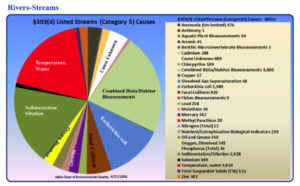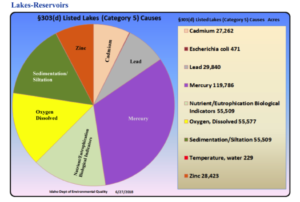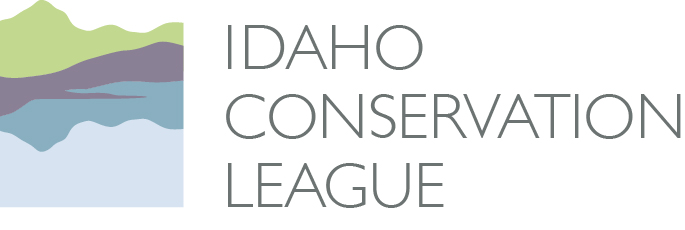Idaho’s beautiful rivers and lakes are among the hallmarks of our state. From the iconic Salmon River to the great expanse of Lake Pend Oreille to the deep canyons of the Snake River, Idaho’s waterbodies are as beautiful as they are varied. They are home to a multitude of aquatic life, including five endangered or threatened fish species. They provide precious water to irrigate farmland in the Snake River Plain, a high desert that would otherwise be unsuitable for agriculture. And they support recreational opportunities (including whitewater rafting, fly fishing and motorized boating) that contribute significantly to the $7.8 billion outdoor recreation industry statewide.
At the core of all of these uses is one thing: water quality. Unfortunately, a recent report by the Idaho Department of Environmental Quality (DEQ) shows that the water in a concerning percentage of rivers and lakes across the state is so polluted that it threatens the health of aquatic species and may not be safe for recreational activities.
2016 DEQ Integrated Report
Every two years, the Clean Water Act requires all 50 states to report ongoing efforts to monitor, assess and restore the chemical, physical and biological integrity of the state’s waterbodies. To create what’s known as the “integrated report,” DEQ collects water quality data from rivers and lakes throughout Idaho. This data is then evaluated and presented in this biennial report to assess whether a waterbody is healthy or it needs some attention to reduce pollution and restore habitat. Find out how your favorite river stretch or lake is doing with this interactive map.
Rivers and Streams
The current status of Idaho’s rivers and streams is not great. Only 48% of assessed rivers and streams (by river mile) meet the standards set for them. Meanwhile, 52% of those assessed waterways are impaired to the point of harming aquatic species and/or threatening recreational opportunities. The primary causes of impairment are shown below in Figure 1. Further, 31% of the state’s rivers and streams have not been assessed at all, highlighting the need for future work by DEQ to obtain a more comprehensive assessment of water quality statewide.

Figure 1. Causes of impairment for Idaho’s rivers and streams (2016 DEQ Integrated Report).
Lakes and Reservoirs
Sadly, Idaho’s lakes and reservoirs are even more polluted than its rivers and streams. A mere 10% of assessed lakes and reservoirs (by acreage) meet the water quality standards prescribed to them, in contrast to the 90% that are not. Much of the pollution that enters our major waterways, like the Snake River, eventually ends up in large lakes and reservoirs that become underwater landfills as polluted water and sediment backs up against large dams. The primary causes of impairment for these waterbodies are shown below in Figure 2. And 39% of the state’s lakes and reservoirs have not been assessed at all, highlighting the need for future work by DEQ to obtain a more comprehensive assessment of water quality statewide.

Figure 2. Causes of impairment for Idaho’s lakes and reservoirs (2016 DEQ Integrated Report).
ICL’s Work
The Idaho Conservation League was founded in large part to be a strong voice for clean water in our rivers and lakes. Our program staff closely review every single water quality permit issued in the state of Idaho. We also are in the room advocating for high water quality standards in state and federal rulemakings. We go one step further by being a watchdog for illegal pollution discharges from factories, wastewater treatment plants and mining operations.
The findings of the 2016 Integrated Report clearly demonstrate the need for ICL’s water quality work. If only 48% of rivers and streams and 10% of lakes and reservoirs are clean and healthy, then there is much work to be done. The current state of the Snake River (nicknamed "Idaho’s sewer system") is emblematic of the water quality issues seen statewide. In some areas, it is now unsafe to swim in or eat fish from the Snake due to a combination of overallocation of the river’s water and pollution discharge from factories, municipalities, dairies and farm fields.
While working to protect waters across the state, ICL has also embarked on a long-term campaign to save the Snake. This campaign is a multipronged approach that centers around connecting people and communities to the river in an effort to protect it into the future. With your help, we will continue to fight for clean water in the Snake River and throughout Idaho.

